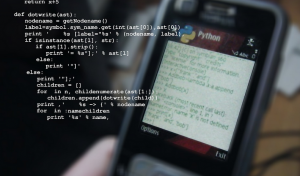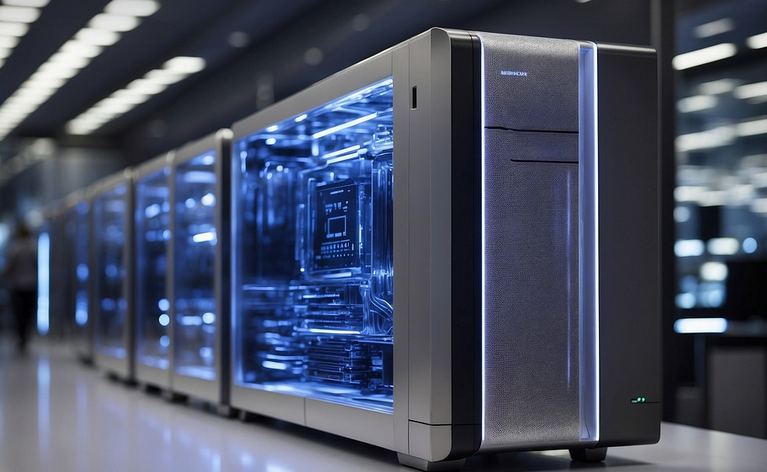Unlocking the World of Design and Manufacturing
Reverse engineering is no longer a niche pursuit; it’s become a vital tool for countless industries, from aerospace and automotive to consumer electronics and medical devices. But creating a detailed model of something you want to understand can often be challenging. Enter 3D scanners – sophisticated instruments that offer precision capture of physical objects for reverse engineering purposes. In 2024, these tools continue to evolve, offering even more power and versatility for tackling intricate designs.
A successful reverse engineering project starts with accurate data acquisition. Traditional methods like hand-drawn sketches or trial-and-error prototyping don’t cut it when you’re dealing with complex geometries. 3D scanners offer a solution, allowing engineers to create digital representations of physical objects in high detail.
How 3D Scanners Revolutionize the Reverse Engineering Process
Traditional methods like manual measurements or photogrammetry can be time-consuming and prone to error. 3D scanning provides a more efficient and accurate solution, enabling engineers to capture a true representation of an object’s form and function.
Imagine capturing the nuances of a complex engine component – from the intricate internal channels to the outer contours. With a 3D scanner, you can capture this information in real-time, eliminating the need for tedious manual measurements or costly physical prototypes.
The ability to accurately measure and analyze object dimensions is essential for reverse engineering. 3D scanners provide precise data about every surface of an object, allowing engineers to create a complete model that represents its true form.
But 3D scanning isn’t just about capturing the physical; it also allows you to understand how objects function. By analyzing the data captured during the scanning process, engineers can gain insight into the operating mechanisms of products and systems.
The Rise of High-Performance Scanners: Unlocking New Possibilities
3D scanners have come a long way from simple point-cloud capture. Today, they offer advanced features that empower engineers to tackle even more intricate reverse engineering tasks.
1. **High Resolution**: Today’s advanced scanners deliver incredibly high resolution, allowing for the creation of highly accurate models with minimal distortion or artifacts. This is particularly important when dealing with fine details or intricate geometries.
2. **Multi-Material Scanning**: Some modern 3D scanners can analyze materials beyond just plastic and metal. With multi-material scanning capabilities, they offer insights into the structure of composite materials, providing a comprehensive perspective on the object’s composition.
3. **Automated Processes**: Automation is key in any reverse engineering endeavor, particularly when dealing with multiple devices or objects. 3D scanners equipped with automatic data processing features allow for streamlined workflows and reduced manual intervention.
4. **Software Integration**: The best 3D scanners are designed to seamlessly integrate with existing software ecosystems. This allows engineers to import scanned data into their CAD programs, allowing for precise design modifications and even create simulations based on the captured information.
5. **Real-time Data Processing**: Today’s advanced 3D scanning technology enables real-time processing of scan data. This feature empowers engineers with immediate insights into object features, speeding up the reverse engineering process significantly.
These advancements in technology make 3D scanners a more powerful tool than ever before.
Applications of 3D Scanning in Reverse Engineering
The applications of 3D scanning are diverse and far-reaching. Here’s a glimpse at some examples of how this technology is used for reverse engineering:
- **Product Design & Development**: Analyze existing products to identify potential improvements or design flaws, leading to more efficient product creation.
- **Quality Control**: Verifying the quality and dimension accuracy of manufactured parts against original designs.
- **Analysis of Failures**: Investigate how a component failed, allowing for better understanding of failure mechanisms and preventative maintenance strategies
- **Customization & Repair**: Analyze existing products to understand their inner workings and develop customized solutions or repair modifications
- **Historical Preservation**: Creating accurate digital representations of antique objects for museum exhibits or historical research.
In essence, 3D scanning empowers engineers and designers with a new level of precision and insight.
The Future of Reverse Engineering with 3D Scanners
As 2024 dawns, we see further advancements in 3D scanning that promise even greater possibilities for reverse engineering:
- **Artificial Intelligence Integration**: AI-powered tools will enhance data analysis and help users extract more valuable insights from the scanned data.
- **Virtual Reality (VR) & Augmented Reality (AR) Applications**: Immersive VR/AR experiences for exploring 3D models become increasingly possible, providing a new level of engagement in reverse engineering projects.
- **Faster Data Processing**: More efficient processing technologies will lead to faster data analysis and more streamlined workflows.
In the years to come, 3D scanners are poised to become even more integral tools in the world of reverse engineering.















